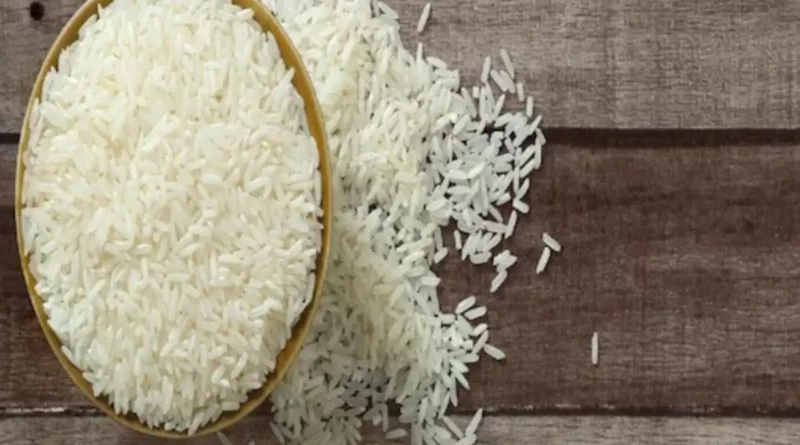Demand surge pushes basmati rice rates up, Haryana farmers eye rich returns
By Neeraj Mohan
Basmati growers and traders are likely to reap a rich harvest over the coming Kharif marketing season 2023-24, as the prices of all aromatic long grained varieties of rice witnessed an increase in domestic and international market.
As per reports from rice exporters following a demand in the international market, the prices of Basmati rice have reached to above ₹90,776 per metric tonne (MT) from ₹83,068 of the last year.
Following a jump in the rice export from the country, the price of basmati rice in the domestic market has reached above ₹80 to ₹120 a kg against ₹70 to ₹100 of the last year.
Figures released by the Agricultural and Processed Food Products Export Development Authority (APEDA) revealed that in April, 2023-24 India has exported 4.24 lakh MT basmati rice against 3.19 lakh MT of the last year, thus India’s total rice export has reached to ₹8,204 crore including ₹3,855 crore of Basmati, in April 2023-24 against ₹6,144 crore during the same period in 2022-23.
The rise in export has helped traders earn handsome profits as prices in the international market have also witnessed an increase of around ₹7,000 per MT. Traders are predicting that the prices may rise further following the increasing demand of Indian rice in the international market.
There is also a surge in the export and prices of the parmal or non-basmati rice as India has exported a total of 14.2 lakh MT non-basmati rice this year against 13.52 lakh MT last year. The prices of the non-basmati rice also reached an all-time high of ₹30,576 per MT in April this year, up from ₹29,265 per MT last year.
All India Rice Exporters Association (AIREA) former president Vijay Setia termed it a great sign in the interest of farmers and traders saying, “Yes the prices of both basmati and non-basmati rice have increased following a surge in demand in the international market. Even India’s Basmati rice export has increased and there is a strong possibility that the farmers will get a good price for their produce this year.”
Setia, however, demanded the government to lift levy from the procurement of basmati paddy in mandis of Haryana as the move will boost the competition and the farmers will benefit from it.
Since farmers of Haryana and Punjab are the biggest producer of basmati rice and contribute around 80% of the country’s total produce,the benefit from rising prices will benefit them most.
Traders said the basmati prices are likely to remain above ₹3,000 per quintal again this year, thus helping the farmers to reap a good harvest for the second consecutive year.
Even the arrival of super early sowing varieties of paddy has already started in mandis of Haryana’s Karnal as farmers from Uttar Pradesh have started harvesting of early sown paddy. “PUSA 1509 is being sold for around ₹3,000 a quintal and there is a strong possibility that the price may increase further with the arrival set to pick up in the next couple of days,” Ahrtia Association Karnal president Rajneesh Chaudhary.
Wheat export slides
On the other hand, India’s wheat export has declined drastically, falling to a paltry 1,631 MTs in April 2023-24 against 14.72 lakh MTs for the corresponding period last year. The same comes amid a drop in the wheat production in the country and corresponding ride in demand.
According to AIREA, at 130.5 MT, India is the second largest producer of rice in the world after China. The country produces around 9 MT of paddy from around 17 lakh hectares of land, with around 7 lakh hectares of area being under Basmati cultivation. Haryana’s share in total basmati production remains around 42%, followed by Punjab’s 36% and Uttar Pradesh’s 17%.
This article has been republished from The Hindustan Times

